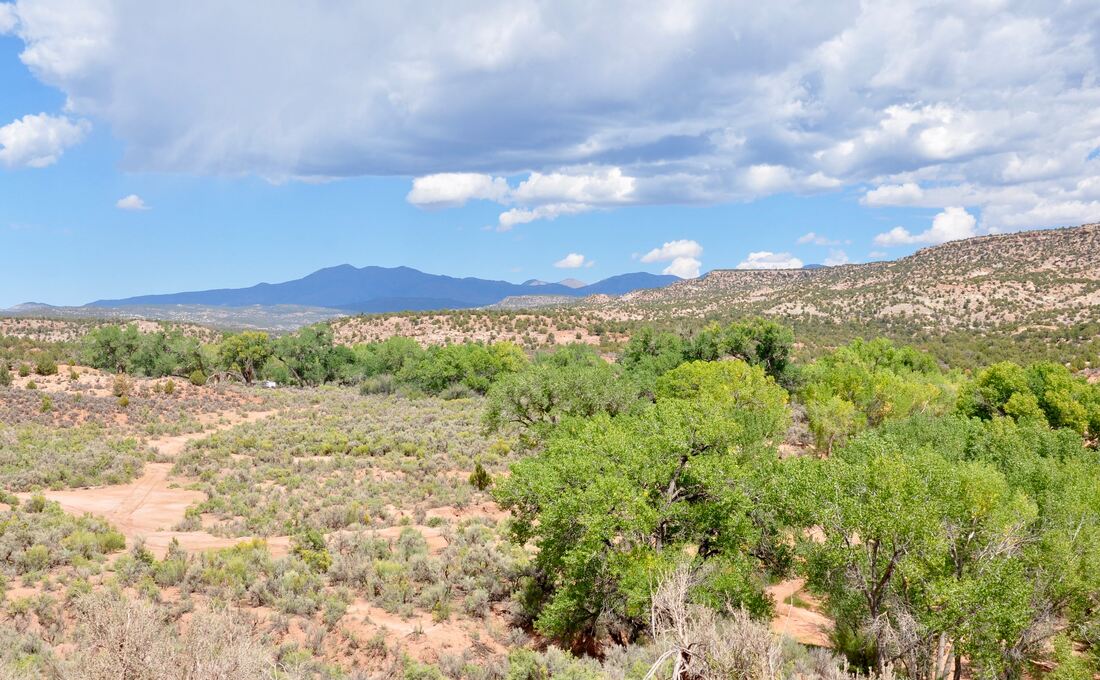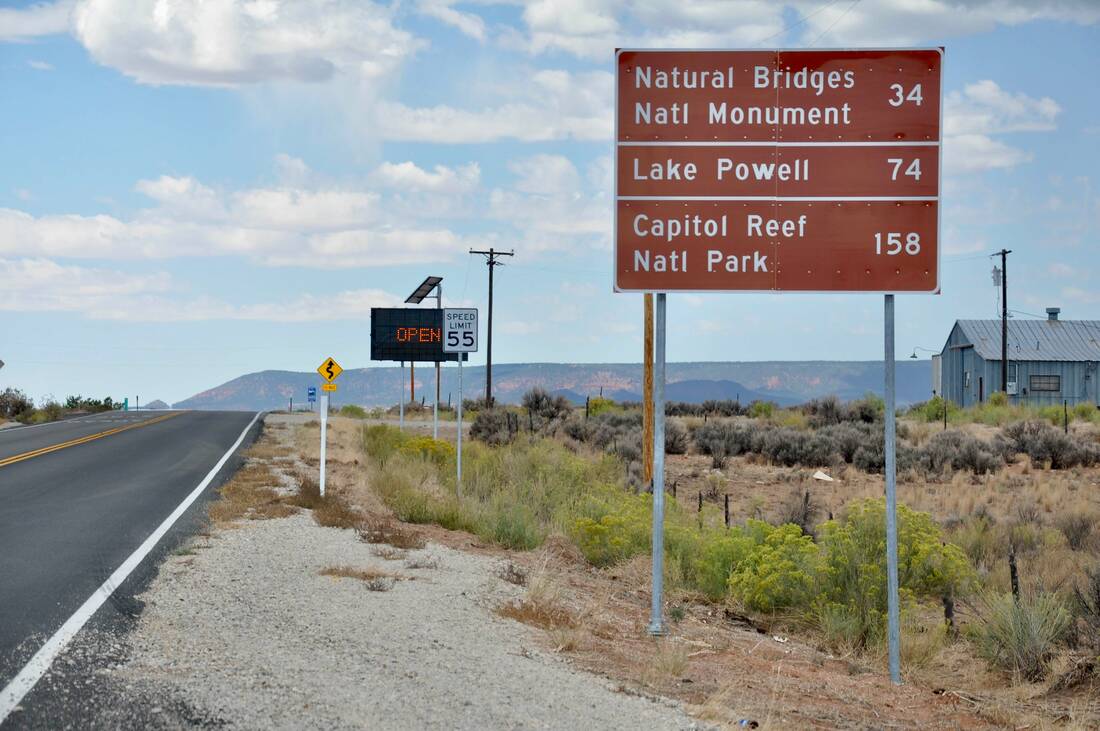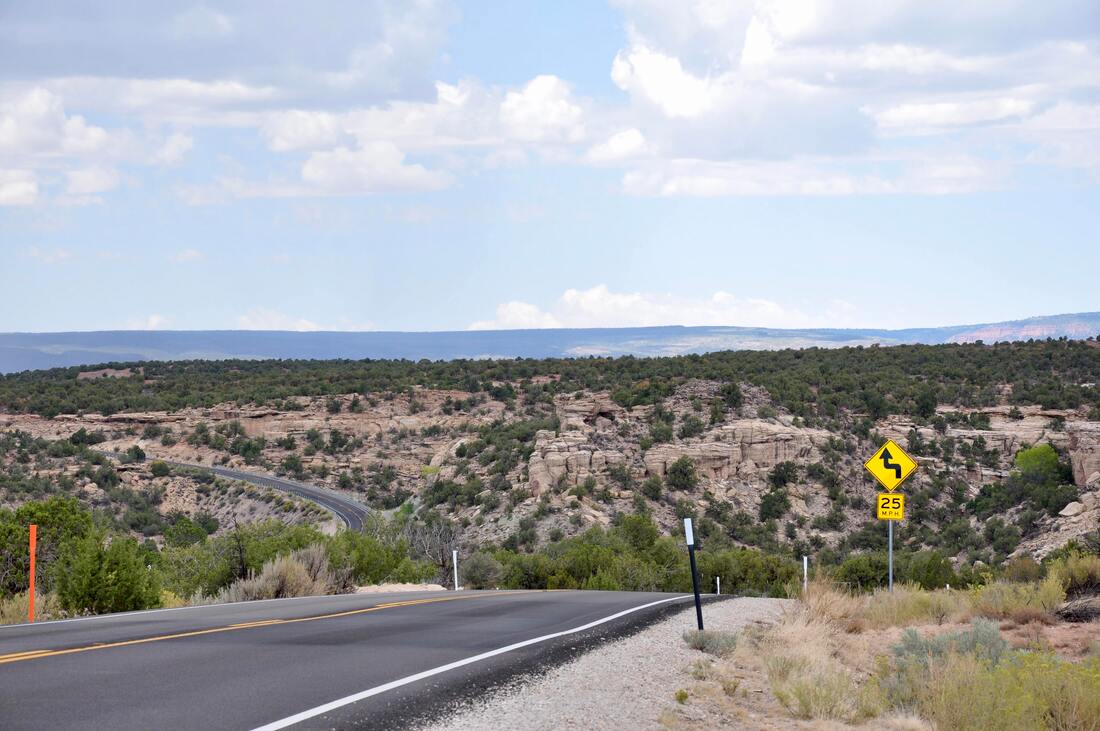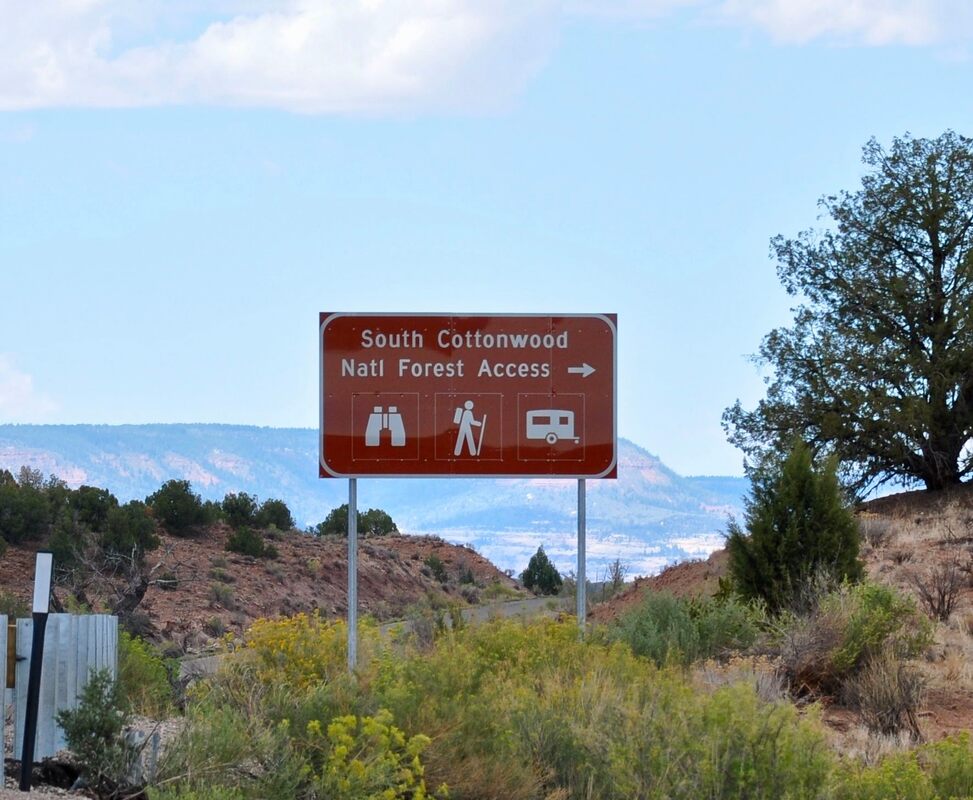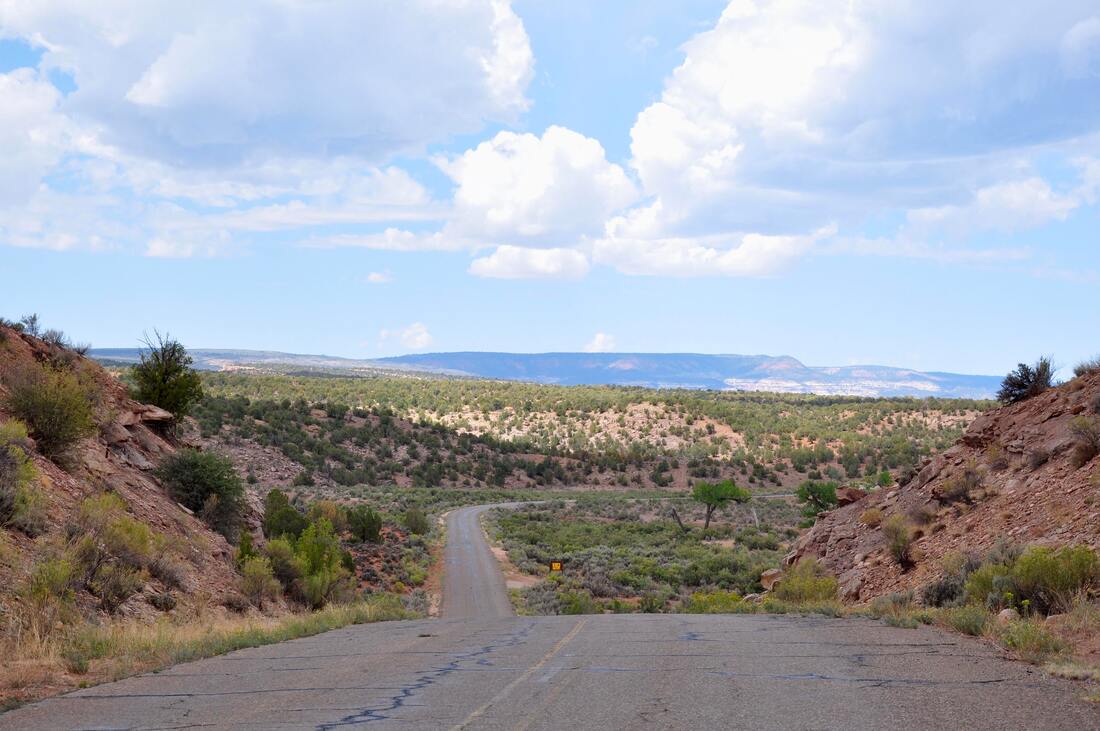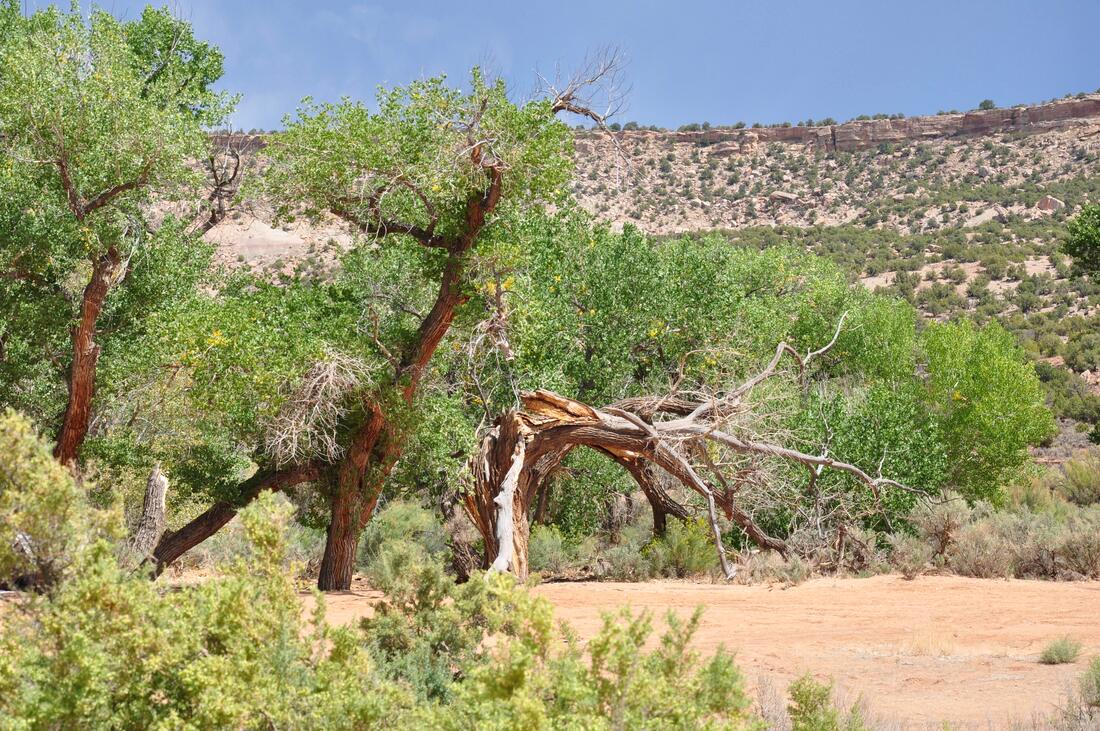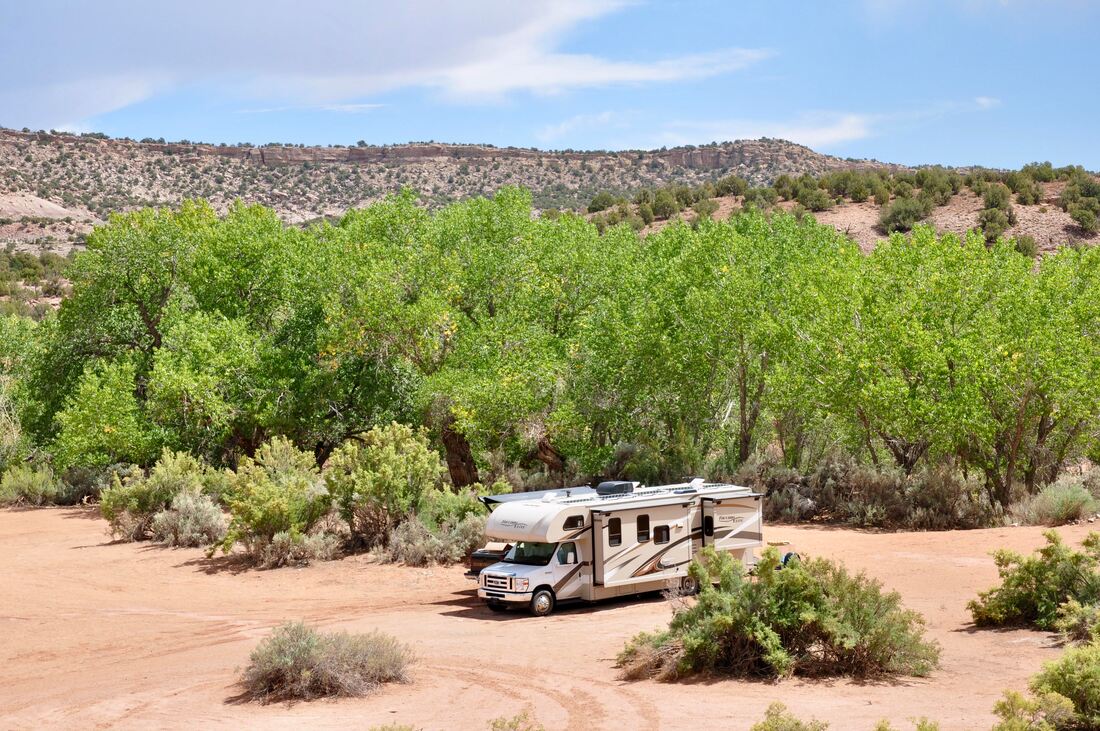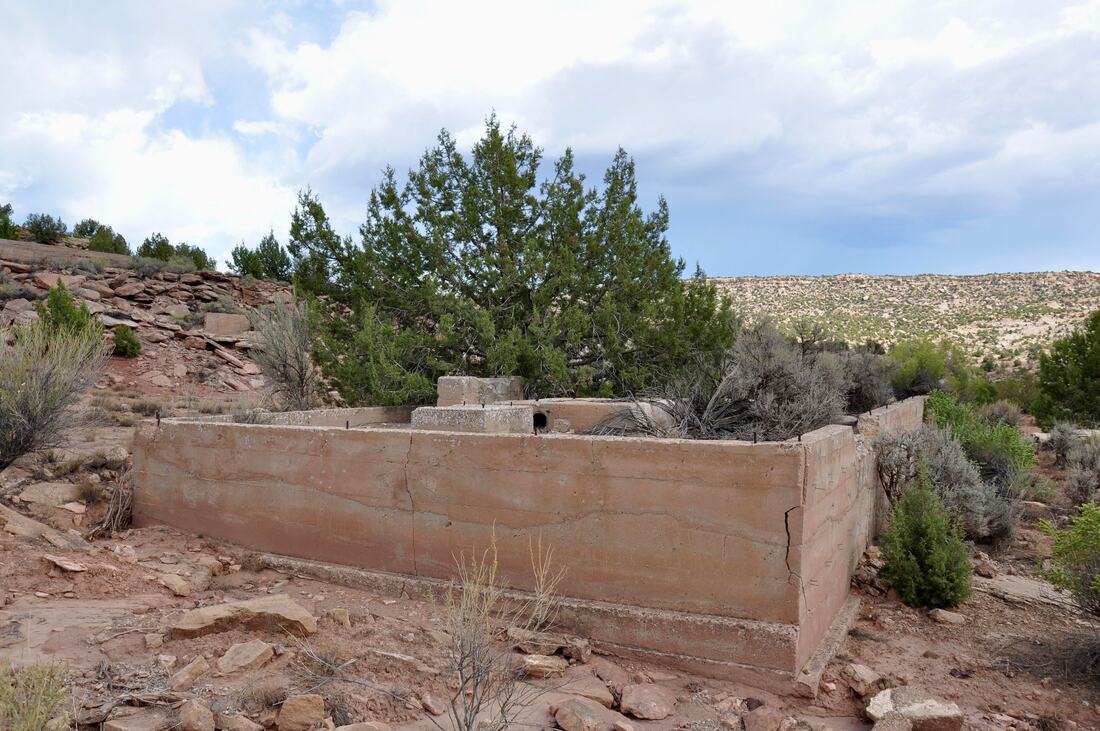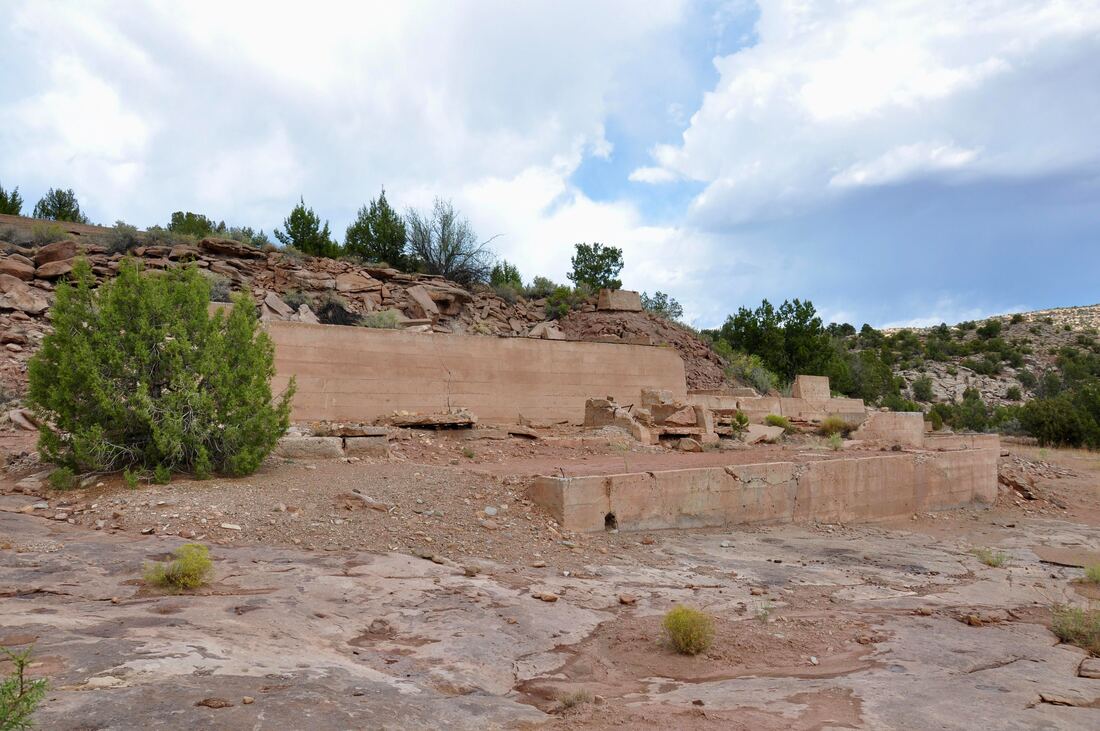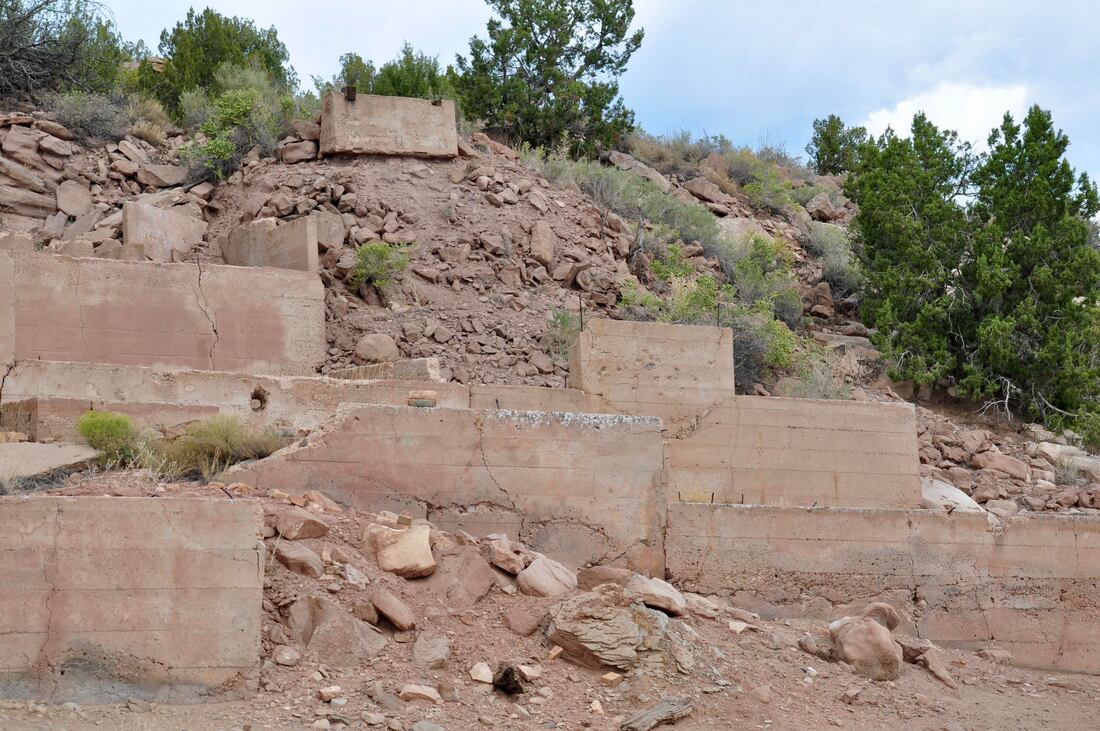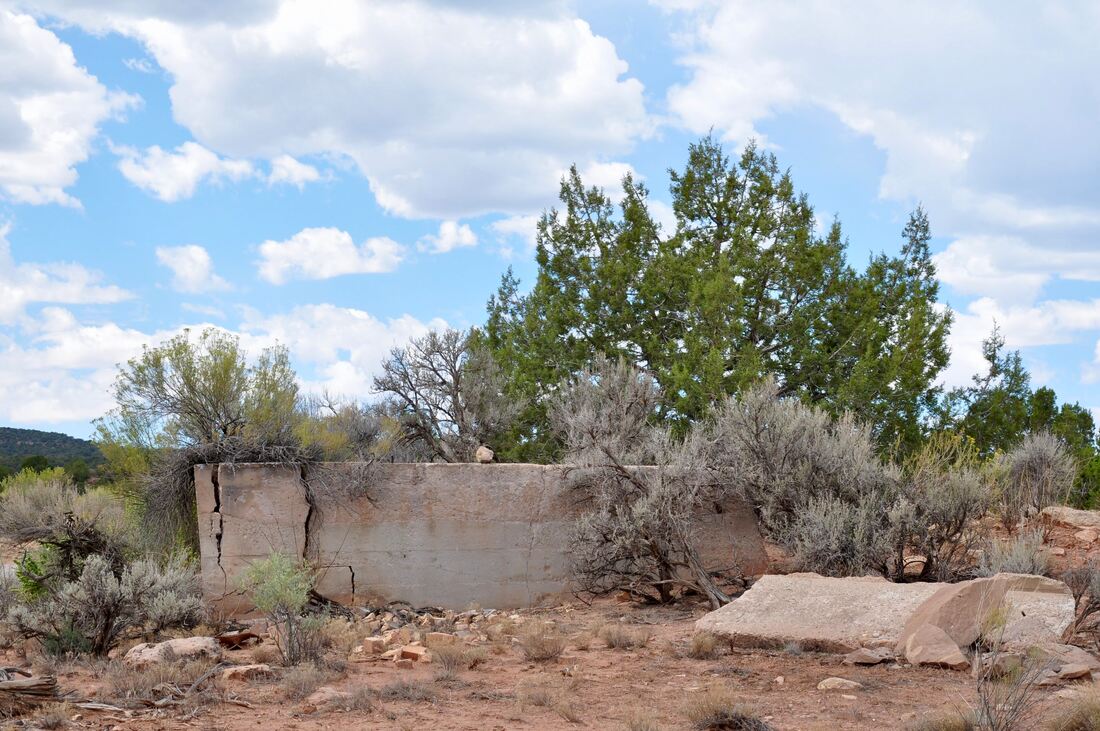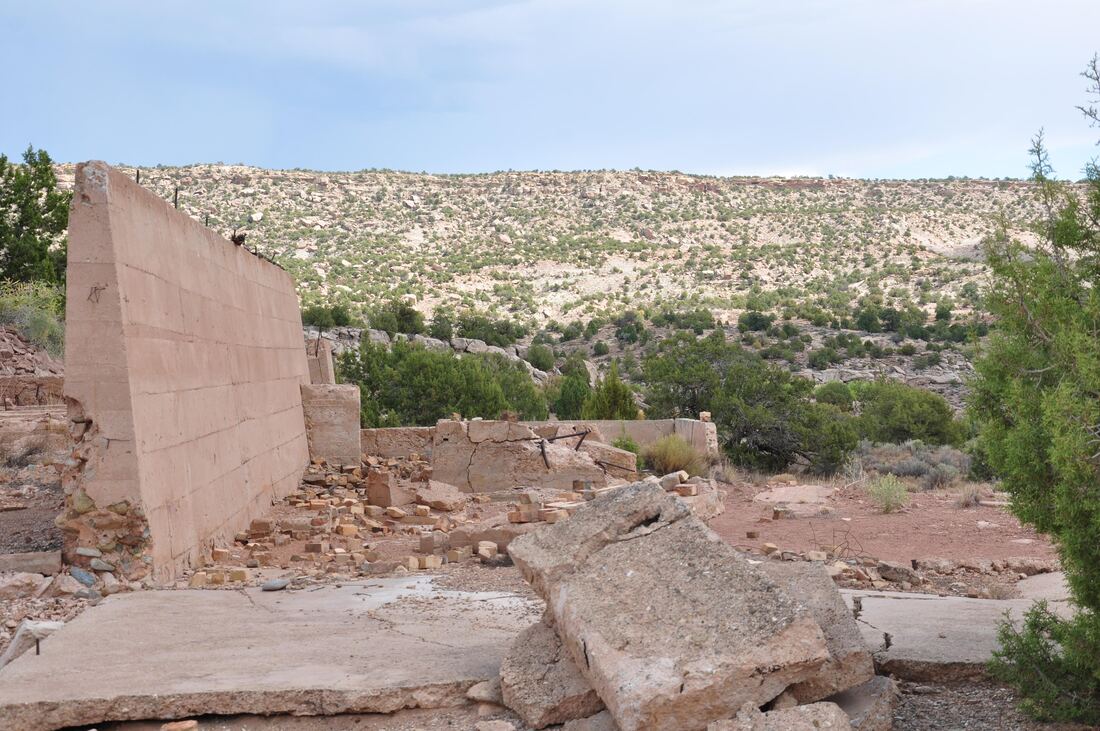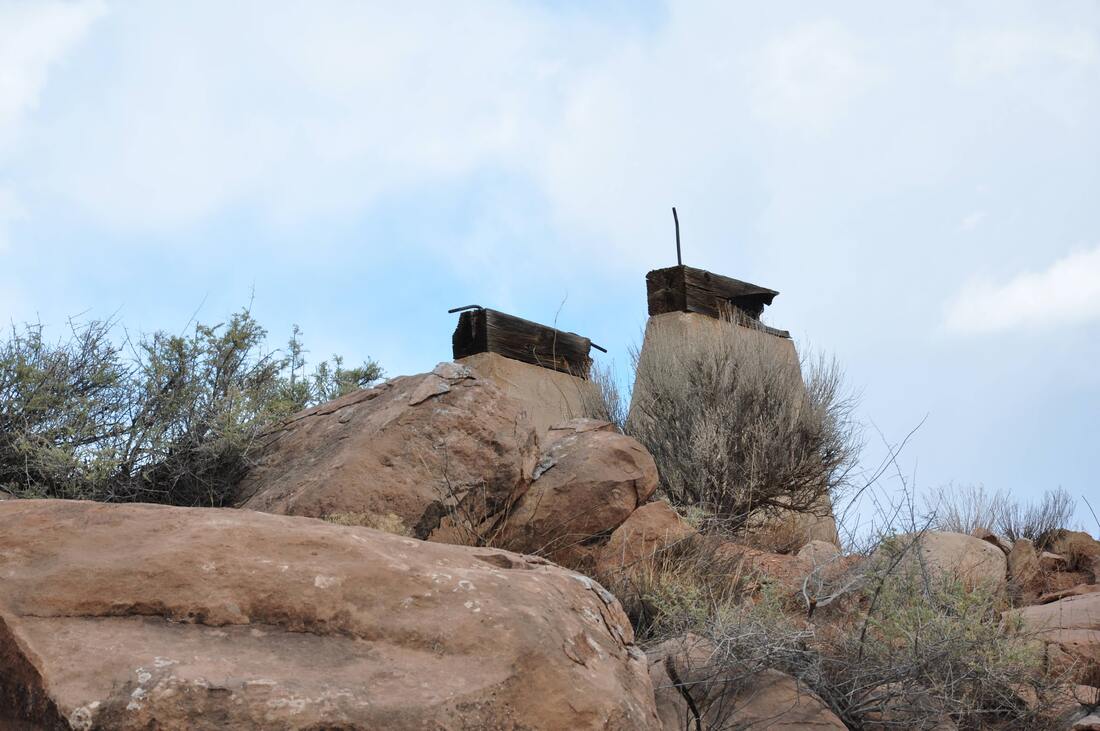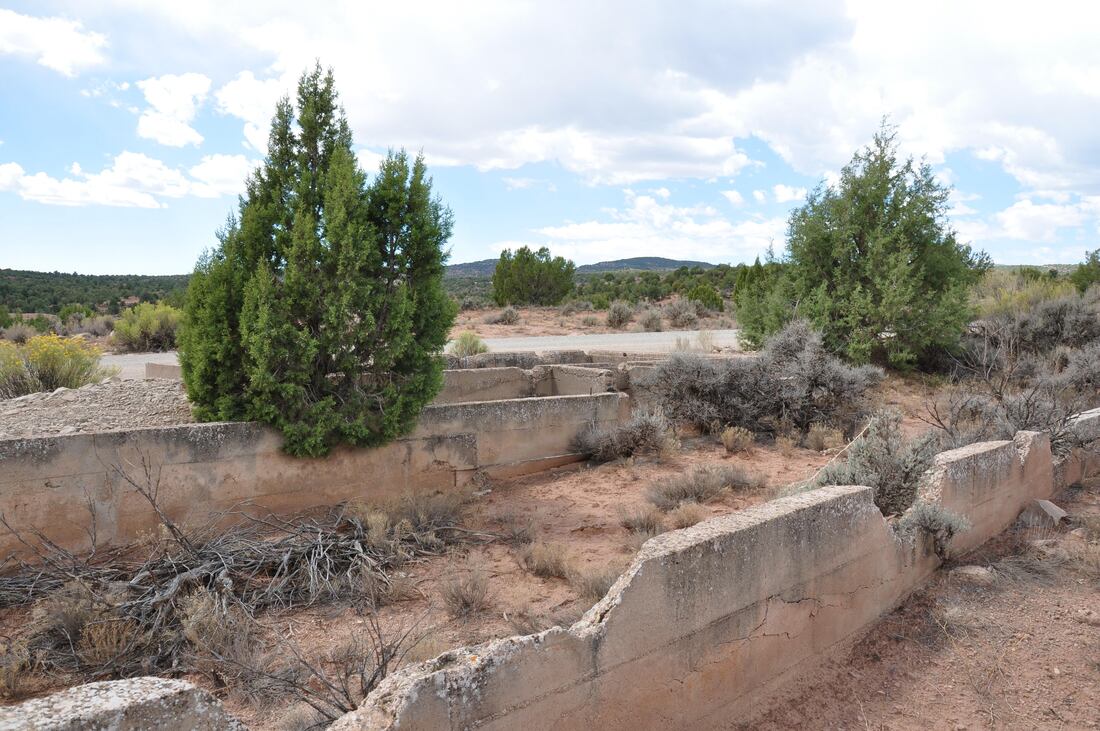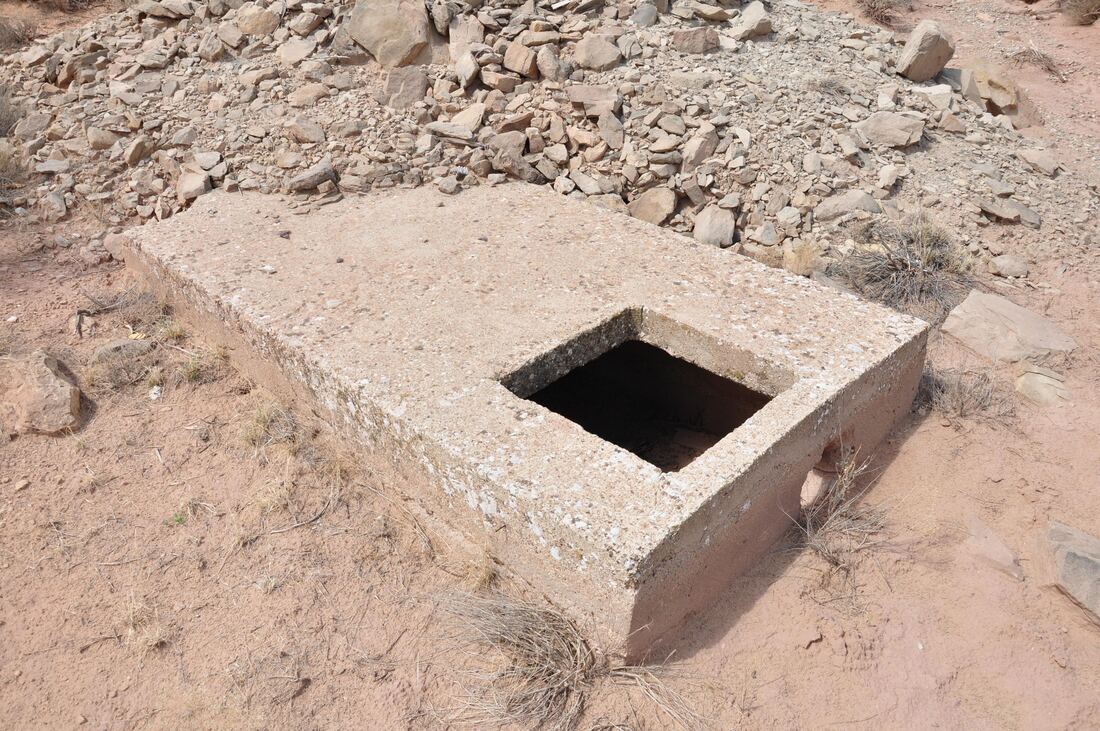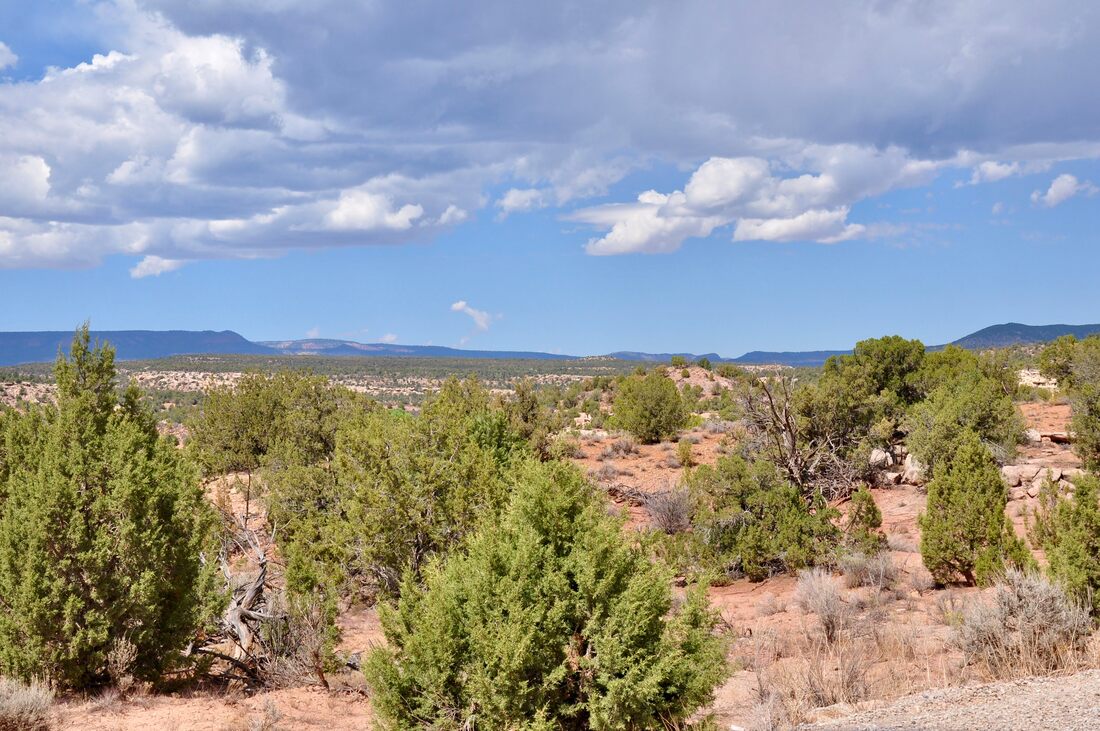|
Camping on location is the best option when exploring the Bears Ears National Monument region, because the commute from town can amount to more than an hour of travel time for each venture. Bears Ears covers a lot of ground and the points of interest are spread throughout this vast territory. Most of the ancient sacred places require a hike and the trails vary greatly in length. Some trails are rated as difficult, because some technical canyoneering is involved, so researching the foot paths will be necessary when making plans. Camping requires some research too, since a variety of federal agencies oversee this region. The access roads in the Bears Ears region are mostly dirt roads that are rough enough to be called Jeep trails. The dirt roads in the Bears Ears region go to scenic landmarks, recreation areas and back country hiking trailheads. Navigating the dirt roads does require doing some mapping prior to arrival, because there is no cel phone data service in this region. Programming a GPS ahead of time or plotting a course on a paper map is the best way to go. The South Cottonwood Road Manti-La Sal National Forest Access is located on Utah State Road 95 about six miles west of the intersection of U.S. Highway 191. Highway 191 is a busy tourism corridor that runs through the National Parks near Moab all the way south to Monument Valley. SR 95 goes to Bears Ears, Goosenecks State Park, Natural Bridges National Monument, Fry Canyon and Hite in the Glen Canyon Recreation Area. Needless to say, there is plenty to see and do in this region and this is where the South Cottonwood Road camping options fit into the picture. BLM and National Forest primitive campsites can be found in the shade of tall cottonwood trees, so this is a cozy place to do some boondocking when exploring Bears Ears! South Cottonwood Road is usually well maintained, so most vehicles can do the trip. The first section of this road is paved all the way to where the camping areas can be found, so even a large RV camper can access this place. The paved section turns into a well maintained dirt road that goes a few miles to the old historic Cottonwood Mill site. The dirt roads are rougher from this point on and a high ground clearance 4×4 is recommended for venturing deeper into the National Forest. Where there is water, there are cottonwood trees. This is especially true in mountain dry wash basins where seasonal water retention and bedrock seepage occurs. The look of the cottonwoods in the dry wash valley sure is a pretty sight to see and the shade trees certainly are alluring on a hot sunny day. The campsites along South Cottonwood Road are fairly easy to access, unless the conditions are wet. All dirt roads in this region can turn into deep mud after a rainstorm, so it is best to check the weather forecast before setting sail. The Cottonwood Mill Site is the most popular point of interest along this road and this old abandoned mining operation is located just past the primitive camping areas. The old Mill Site Ruin is a nice choice for a brief tour, which is all that is recommended because this once was a uranium mine. Uranium is the silent killer in this region and as everybody knows, mine cleanup projects usually look better on paper than they do in reality. Radiation detection devices do come in handy in this part of the west and they can be a life saving investment. The old concrete foundations of the Cottonwood Mill Site are interesting to see and the design does resemble a classic underground gold ore lode processing operation. The difference can be seen where the gold ore tailings pile would usually be found, because there are only stockpile bins for hauling radioactive materials out. The old concrete slabs have plenty of exposed rusty rebar, so care must be taken when poking around. Uranium mining was once a big thing in this region, but the risk and lack of profitability caused the operations to shut down. The Cottonwood Mill Site is a prime example and this lesser known destination is worth taking the time to check out. The best local resource for Bears Ears region information can be found in the newly opened Bears Ears Education Center in Bluff, Utah, which is a privately funded visitor center. The people that operate this visitor center know everything about this region and they are familiar with the lesser known camping areas, like the ones that can be found along South Cottonwood Road. More information about the old abandoned Cottonwood Mill Site can be found there too. Boondocking certainly is still an option out west and camping for free is a great way to go when touring Bears Ears National Monument, because it can take several weeks to experience all that this vast wilderness area has to offer. South Cottonwood Road is fairly easy to access and the majestic scenery simply cannot be beat. Camping in the shade of tall cottonwood trees sure is a pleasant thought, especially when an afternoon siesta is needed after a long hike!
0 Comments
Your comment will be posted after it is approved.
Leave a Reply. |
Leave no trace!
New!
Destination West YouTube channel! https://www.youtube.com/@DestinationWestOrg *The Destination West website upgrading project is well underway. Unique YouTube slideshows are replacing the outdated Flickr photo galleries. The new videos feature modern graphics and alternative music instrumentals that enhance the viewing experience. Some articles are being condensed, while others are getting much needed edits. As everybody knows, the bulk of the original articles and photos were published on the fly during the Covid camping venture and there were limitations. Upgrading is the way to go and more articles will receive a makeover each week until this project is completed. After that, I will be able to gather new material. There is light at the end of the tunnel!
JD Lane Archives
July 2024
Donations help the Destinaton West project continue into the future!
Go Fund Me! This website uses marketing and tracking technologies. Opting out of this will opt you out of all cookies, except for those needed to run the website. Note that some products may not work as well without tracking cookies. Opt Out of Cookies |
